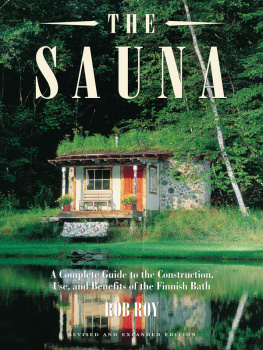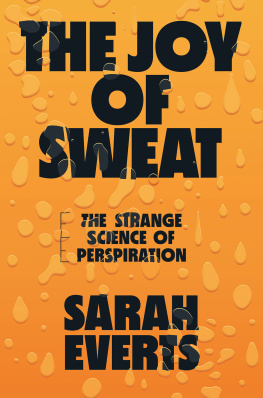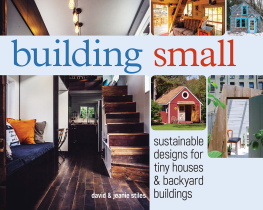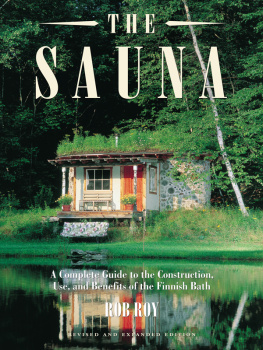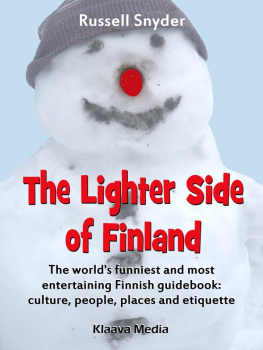


by Rob Roy
CHELSEA GREEN PUBLISHING COMPANY
WHITE RIVER JUNCTION, VERMONT
Copyright 1996, 2004 Rob Roy. Unless otherwise noted, photographs and illustrations are copyright 1996, 2004 Rob Roy. All rights reserved.
Illustration by Sally Onopa on page 77 first appeared in Rodales New Shelter (February 1982). Used with permission of the artist.
Illustrations on pages 149 and 150 are by Pat McGauley and first appeared in The Sauna Book by Tom Johnson and Tim Miller (Hargper & Row, 1977). Used with permission of the authors.
No part of this book may be transmitted or reproduced in any form by any means without permission in writing from the publisher.
Book design by Peter Holm, Sterling Hill Productions
Printed in the United States of America
10 9 8 7 6 5 4 3 2 1 0
The information contained in this book is true and complete to the best of our knowledge. Due to the variability of local conditions, materials, skills, sites, and other factors, Chelsea Green Publishing Company and the author disclaim all liability for personal injury, property damage, or loss from actions inspired by the information in this book.
Library of Congress Cataloging-in-Publication Data
Roy, Robert L.
The sauna / by Rob Roy.
p. cm.
Includes bibliographical references.
eBook ISBN: 978-1-60358-170-7
1. Sauna--Design and construction. I. Title.
TH4761.R69 2004
690'.896--dc22
2004014259
FOR
Rohan and Darin
Excellent sons, friends, and sauna mates.
With lots of love.
CONTENTS
This book was fun to research and to write, but it wouldnt be as thorough if it werent for the help of many fine people. Sincere thanks to Charlie Nurnberg of Sterling Publishing Company for permission to use photos and drawings that originally appeared in my earlier book, Complete Book of Cordwood Masonry Housebuilding. Brotherly thanks to George Roy for preparing a list of sauna suppliers. Thanks and hugs for friends Stephen, Robin, and Merlin Larsen for photos of their own saunas. Loving thanks to Jaki for clerical help and wifely support. Saunaly thanks to Rohan and Darin and all my steammates who helped me test new innovations at our Earthwood Sauna.
Lyly thanks to Erkki Lindstrom, Vince Paladino, Ron Chartier, Frank DeFazio, John Gunderson, Chris Bowers, Jim Callaway, Phillip and Tammy at Saunacore, Mark Raisanen, John Lysaker, Catherine Hanson, the late Ted Heikkinen and his grandson Scott, Phil and Dan Kariniemi, Mattie Kaups, V. S. Choslowsky, and all the other sauna suppliers and enthusiasts across North America who helped me with my researches. Thanks to Tom Johnson and Tim Miller for permission to use the illustrations on pages 149 and 150. Extra-special thanks to Dennis Anderson of the Northwoods Sauna Research Project and to Loren and Bonnie Johnson, without whom the new chapter 7 would not exist.
Neighborly thanks to friends and neighbors John Schulz, Debbie Light, and Frank and Elizabeth Brasacchio for permission to publish photos of their saunas. To Jeremiah Lee for his drawing of the oval sauna. To Ki, Shannon, Bret, and Erin for inviting us to the excellent sauna and photo shoot in chapter 9. And to John Carlson and Scott Carrino of Pompanuck Farm Community for photos and permission.
Finally, the gang at Chelsea Green, past and present: Thanks to Rachael Cohen and Ben Watson for their helpful early reading of the original manuscript, to editor David Dobbs for improving my written thoughts, and to the Chelsea Green production staff, who transformed the assorted artwork, photographs, slides, digitals, and text into a beautiful book. Thanks to Jim Schley and Stephen Morris, without whom the idea for the first edition would never have germinated. Thanks to Collette Leonard, Marcy Brant, and Laura Jorstad for their editorial input and help. And finally, warm gratitude to Margo Baldwin and Ben Watson (again) for having the faith to publish this revised and expanded edition.
Many fine saunas resulted from the publication of The Sauna back in 1996, including some appearing in the pages of this revised edition. The original edition, as they say in cricket, had a good innings. But the time had come to rework the book with lots of new information. And, while we were at it, it seemed a great opportunity to bring out the revised edition in full color.
The first edition was not without its faults, and we have tried to correct those in the current work. The most serious faultan error of omission, reallywas that the book concentrated on the building of cordwood masonry saunas, to the exclusion of important information about building a conventional sauna using ordinary stick-framing and insulating techniques. Thanks to Loren Johnsons excellently documented sauna addition project in chapter 7, this rather glaring omission has been attended to with what is now the most detailed construction chapter in the book.
A major organizational change makes the book more user friendly. The new chapter 2 brings all the siting and design information from the original book into one place, with at least as much new additional material and illustrations to make this a much more complete discussion of these important issues.
Appendix 1, Sauna Equipment Manufacturers and Distributors, has been totally updated and includes, for the first time, all the various Web sites for these suppliers. Obsolete references have been deleted and new suppliers added. For those readers who would rather purchase a sauna than build it themselves, appendix 1 is particularly valuable in listing suppliers of sauna kits (by definition, all the precut pieces) and prefab saunas (manufactured wooden panels, ready to fasten together). Get information from several sources and compare features and prices.
Finally, every page of the book has been reexamined for this new edition. Corrections have been made and new material has been added where it helps flesh out the commentary. I had no idea when I started this project how long it would take to find and replace all the original black-and-white images with color. Things get well shuffled and scattered in eight years, including my wits.
The book remains an excellent guide for building a cordwood masonry sauna, my favorite kind, while offering the alternative of a conventionally framed building.
I am proud of this new improved version and hope that you, dear reader, enjoy it as much as I enjoyed creating it.
Rob Roy
Earthwood, West Chazy, New York
This book is about sauna. Most people know that sauna is a type of sweat bath, even if theyre a little shaky on the pronunciation, which is sow-nuh, not sawn-ah. But the book also has a lot to do with cordwood masonry, a building style that sounds like a contradiction in terms, or something that would make a stone- or brick mason shudder. Wood and masonry? Cant do it, says the old-timer. Like oil and water. They dont mix. Hes wrong, of course. And if he was a really old old-timer, particularly one from Wisconsin or Canadas Ottawa Valley, hed say, Cordwood masonry? Sure, lots of that around here. Houses and barns were built that way round the turn of the century. Many are still standin. Only we call em stovewood walls.
Or firewood walls, or stackwall, or log-end walls. Whatever the name, this old-timer is referring to an ancient techniqueas old as saunas themselves (which are at least a thousand years old)by which walls are built of short logs laid widthwise in the wall, much as a rank of firewood (or cordwood) is stacked. The wall gets its structural integrity and unique thermal characteristics from a special insulated mortar matrix woven throughout. To complete the lexicography, the individual masonry units, the pieces of wood, have been variously called
Next page
